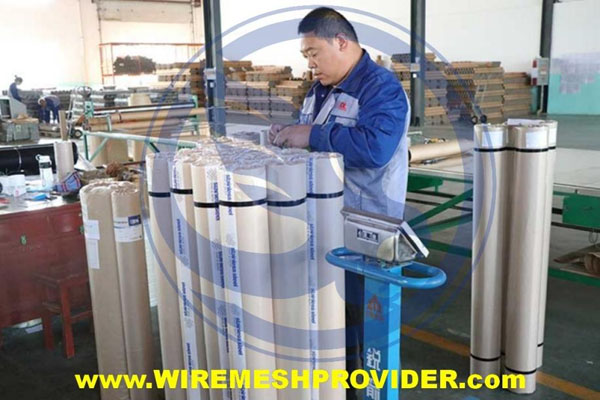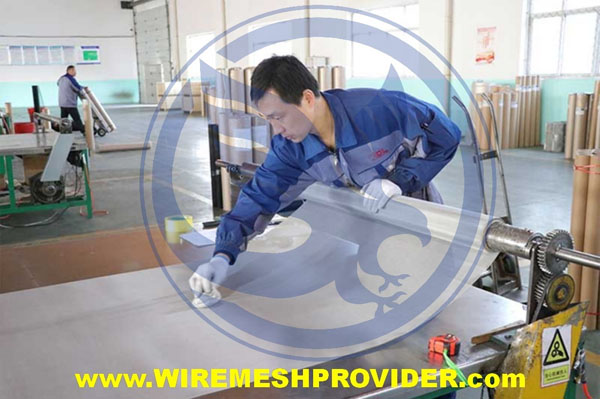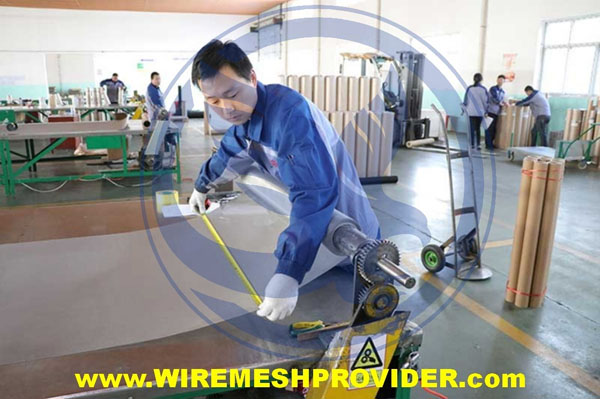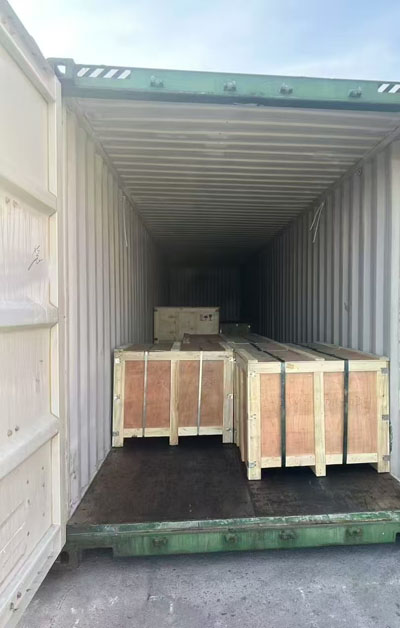Full process inspection guide from raw materials to transportation
Welded mesh is widely used in construction, agriculture, industry and other fields, and its quality directly affects safety and service life. Yangzhe will systematically explain the key links in the production and delivery of welded mesh to help you complete quality inspection efficiently.
Wire quality verification
Material testing: Confirm that the wire material meets the requirements (such as Q235 low carbon steel, 304 stainless steel, etc.), and check the material report provided by the supplier.
Wire diameter measurement: Use a vernier caliper or micrometer to randomly sample and measure the wire diameter, and the deviation should be ≤±0.05mm.
Surface inspection: Observe whether the wire surface is smooth, without rust, cracks or oxide scale
Welding wire and coating materials
Galvanized or sprayed, check the welding wire composition and coating materials (such as zinc layer thickness ≥60g/m²) to ensure that the anti-rust performance meets the standard.

Grid welding quality
Solder point firmness: Randomly select grids and use knocking or tensile tests to check whether the welds are uniform, without false soldering or desoldering.
Grid uniformity: Measure the grid opening size (such as 50mm×50mm), use a vernier caliper or laser rangefinder, and control the error within ±2mm.
Diagonal deviation: Check the difference in the length of the grid diagonal, and the deviation should be ≤3%.
Processing equipment calibration
Regularly check the current and voltage parameters of the welding machine to avoid weak or burn-through welds due to equipment errors.

Dimensional accuracy inspection
Wire diameter re-measurement: Sample and measure the finished mesh wire diameter to ensure that it is consistent with the design specifications (such as φ4.0mm).
Opening size: According to GB/T 33281-2016 standard, spot check at least 5 grids, and the opening size must meet the tolerance requirements.
Surface and structural defect detection
Visual inspection: Observe whether the surface is flat, without distortion, burrs or welding slag residue.
Welding point inspection: Use a magnifying glass to check whether the welding point is full and uniform, without cracks or bubbles.
Edge treatment: Check whether the cutting edge is neat, and perform hemming treatment if necessary to prevent scratches.
Performance test
Tensile strength: Use a tensile machine to test the tensile strength of the mesh, which must be ≥500N/mm² (according to the material standard).
Corrosion resistance: Salt spray test (such as galvanized mesh needs to pass a 72-hour neutral salt spray test).

Packaging requirements
Moisture-proof and rust-proof: Galvanized mesh needs to be wrapped with a moisture-proof film, and stainless steel mesh can be added with a desiccant.
Fixed protection: Rolled welded mesh is tied with steel straps, sheet mesh is fixed with wooden boxes or pallets, and corners are added with corner guards.
Transportation precautions
Yangzhe has been engaged in export business for many years and has established many excellent freight forwarding companies. We will choose the most competitive price and the most suitable transportation method to deliver the goods to customers.


Quality control of welded mesh runs through the entire production process, from raw materials to finished product transportation. Through standardized operation, regular equipment maintenance and employee training, the defect rate can be greatly reduced and customer satisfaction can be improved. It is recommended that enterprises establish a complete quality traceability system to ensure that each batch of products can be traced to the source.